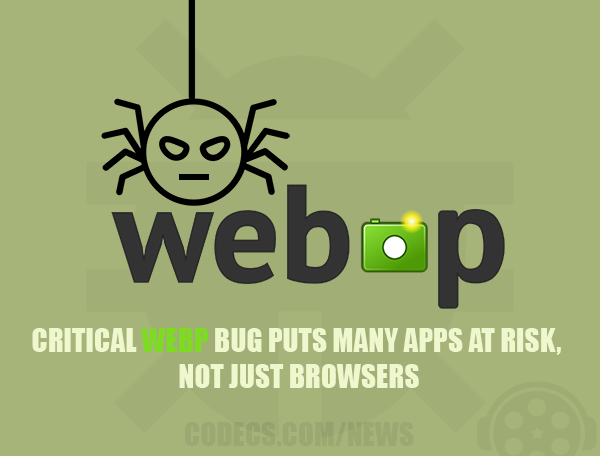Critical WebP Bug Puts Many Apps at Risk, Not Just Browsers
A critical vulnerability in the WebP image codec, designated as CVE-2023-4863, has emerged as a significant concern for a wide range of applications beyond just web browsers.
Security experts warn that this flaw poses a substantial risk to the security of various software and services that utilize the popular image format.
WebP is a widely adopted image format developed by Google, known for its efficient compression and support for both lossy and lossless image encoding. It has gained popularity across web applications, image editors, and mobile apps, thanks to its ability to reduce image file sizes while maintaining image quality.
The newly discovered vulnerability has raised alarms in the cybersecurity community. It allows attackers to execute arbitrary code on affected systems, potentially leading to data breaches, system compromise, and other security breaches.
This flaw affects not only web browsers but also a broad spectrum of applications that process WebP images, making it a widespread concern.
Security researchers have identified that the vulnerability is rooted in the way the WebP codec handles certain image data. Attackers can craft malicious WebP images that exploit this weakness when loaded into vulnerable software. Once exploited, an attacker could gain control over the affected system or execute malicious code, potentially leading to a range of security issues.
The impact of this vulnerability extends to various platforms, including Windows, macOS, and Linux.
Popular image editing software, content management systems, and messaging applications are among the potentially affected applications.
Consequently, users are urged to update their software as soon as patches become available from their respective vendors.
Major technology companies and open-source projects are actively working to address this vulnerability and release security updates. Users are strongly advised to keep their software up-to-date and apply any security patches promptly to mitigate the risk associated with this WebP vulnerability.
Read more here.













